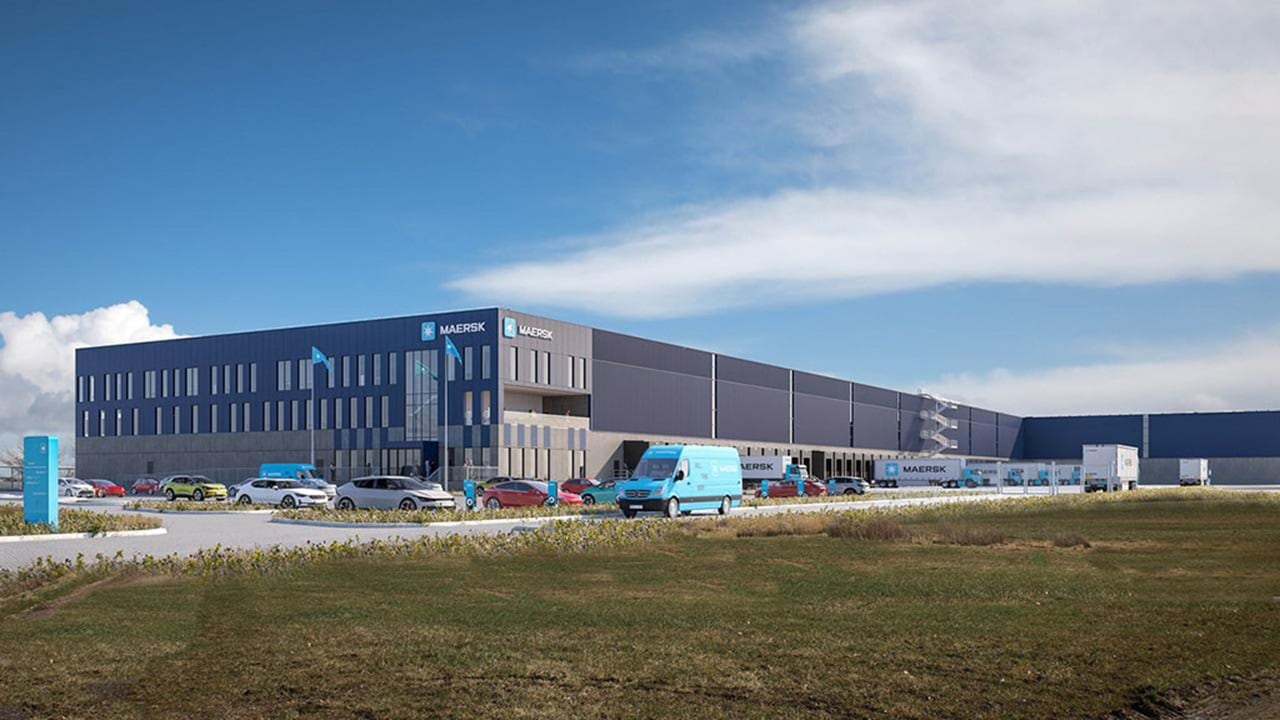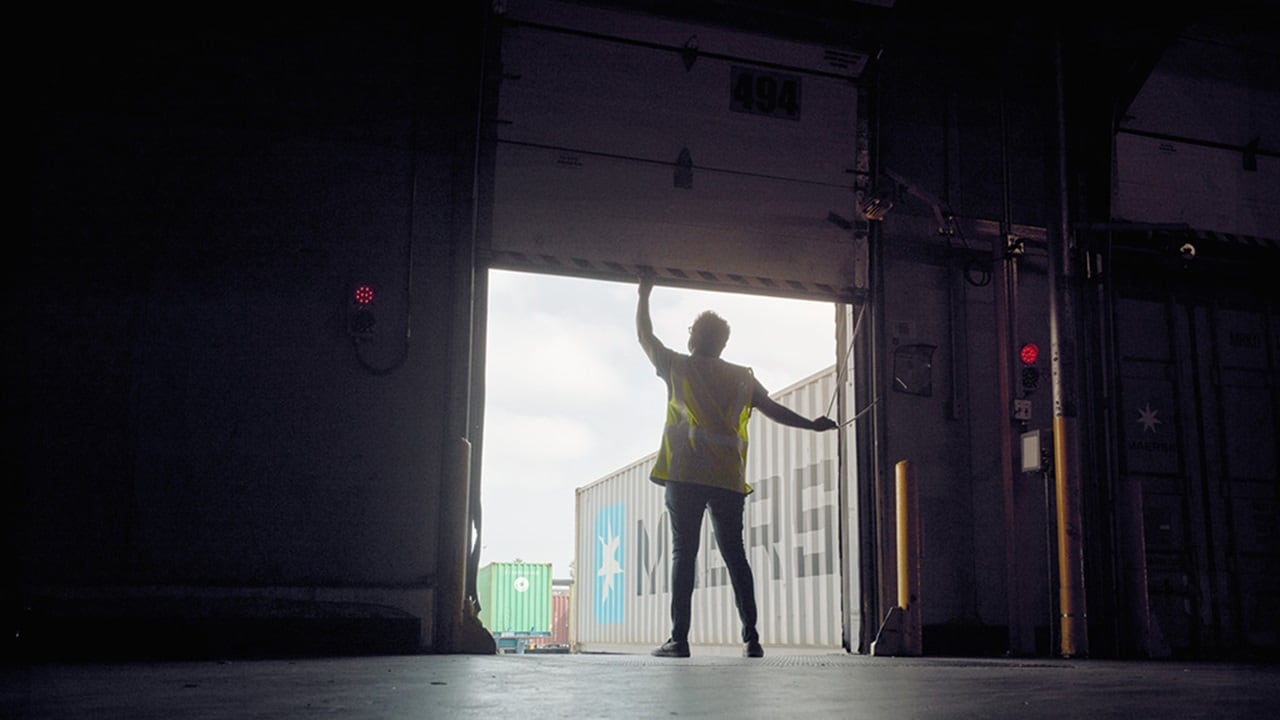One of the fastest-growing markets in Europe over the past decade, Electric Vehicles (EVs) are undoubtedly big business – and they’re getting bigger.
Not only has EV revenue across the continent grown from $13.62 billion in 2016 to $147.70 billion in 2022, but it’s expected to rise to $283 billion in 2026; representing a remarkable 20-fold increase in just 10 years (Statista).
And as EU regulations will ban the sale of new petrol and diesel cars from 2035, the EV market’s trajectory is heading nothing but skyward.
Even so, the industry in 2023 is far from refined. Charging infrastructure shortages and issues continue to plague European motorists, while battery production inefficiency means EVs need to be driven a reported 50,000 miles before they’re as economical as their internal combustion engine counterparts (Daily Telegraph).
In the world of logistics, it’s EV battery storage that poses the greatest number of challenges to original equipment manufacturers (OEMs).
Supply, demand and storage
When the new generation of electric vehicles first arrived in Europe, it’s safe to say petrol and diesel cars weren’t looking like being knocked from their perch anytime soon. Limited mileage range, lack of charging points and bulbous designs to accommodate heavy batteries meant manufacturers weren’t exactly rushing to get EVs in their line-ups.
Now in 2023, though, it’s a very different story, with technology enhancements across the board meaning all major OEMs are looking to profit from surging consumer demand. In fact, for the first time in Q4 2022 according to the European Automobile Manufacturers Association (ACEA), alternative propulsion vehicles claimed over half of the EU’s new registration market share – at 53.1% and over 1.3 million cars sold.
With demand, of course, comes the need for supply; and with EV supply comes the need for batteries.
Historically, the European market has been completely reliant on EV battery imports from Asia – and that trend isn’t set to change particularly quickly. According to BloombergNEF, China holds a massive 77% market share when it comes to EV batteries, with six of the top 10 manufacturers headquartered in the country. Such dominance is primarily thanks to China’s control over cathodes, anodes and further refined materials that make up lithium-ion battery production.

This dependence from European OEMs means logistics plays a major role in getting batteries into vehicles, although marrying battery supply precisely with the schedules of production lines in Europe is something of a difficult task. This is primarily due to automotive supply chains spanning across the globe, including intermodal and ocean legs at origin and destination.
So, the need for EV battery storage solutions on the continent is not only to successfully bridge potential gaps in the supply chain, but also to allow manufacturers to source batteries quickly and efficiently when the assembly line is ready for them.
Safe and strategic warehousing
Electric vehicle batteries are somewhat volatile in nature. Officially classified as dangerous goods (IMO 9), the batteries pose a risk of catching fire if they have been improperly manufactured or damaged, or if there’s a software fault (Reuters).
This means that as well as storage being readily available for car manufacturers across Europe, it also has to fall in line with safety regulations. With tens of thousands of EV batteries stored in one location, the chain reaction of a single battery catching fire could potentially be devastating for the public and environment.
That’s why Maersk, in addition to managing global supply chains end-to-end for manufacturers of batteries, has identified a new solution to mitigate the risks involved with storage. The latest technology, such as thermal monitoring systems, are able to permanently track temperatures of battery modules within warehouses, detect abnormalities and ultimately prevent a fire from breaking out.
The system measures the temperatures of each individual pallet in storage and alerts if anything has risen by even a few degrees. Operated by Automated Guided Vehicles (AGVs), critical pallets can then be safely retrieved from their racking location and brought out to a safe zone, where they can be investigated – protecting the building, products, public and the local area.
Given the EV mobility growth projections and the ongoing dependency on meeting supply from overseas, we as Maersk see great potential to add the missing warehousing link to our supply chain offering in core automotive markets like Czech Republic, Slovakia, Germany and also Spain. There is a huge need for safe storage capacities and with our new development in Teplice and further plans in the pipeline, we are offering both battery suppliers and OEMs reliable and compliant solutions.
The technology will be rolled out on future EV warehousing projects for Maersk in Europe, allowing automotive businesses to confidently store batteries in strategically placed locations that benefit their supply chains and enable speed to market.
Maersk’s current specialised EV battery storage facility in Teplice, Czech Republic, for example, sits within close proximity of car makers and suppliers in the country, as well as major manufacturers in Southern and Eastern Germany.
It sets the blueprint for Maersk’s focus on integrating EV supply chains for future warehousing projects; prioritising locations that enable convenient import and export transportation with connections to and from major ocean ports through rail and trucking.
With technologically advanced infrastructure and supply chain integration in place, Europe’s OEMs will be able to reduce production times, and ultimately keep up with surging EV demand to maximise profit.

The future of EV batteries
Although Europe remains dependent on the East for batteries, it has ambitions to close the gap. In 2017, the EU launched the European Battery Alliance to start a homegrown industry, hoping for companies in the region to provide 90% of the batteries in Europe’s EVs by 2030.
However, Elements’ projections suggest that China will still hold the monopoly for EV battery production in 2027, at 69%. Germany, Hungary, Sweden, Poland, Spain and France will all be in the global top 10, although the highest of which will be Germany at only 6%.
Still, it signals intent from Europe and the desire for OEMs to start producing their own batteries closer to home, especially given that batteries account for as much as 40% of the overall vehicle cost (Institute for Energy Research).
There’s a long way to go before that’s reality, but battery storage will still play a major role when that time comes due to the challenge of assembly line synchronisation. That’s why the focus of logistics service providers is procuring vast and, primarily, safe infrastructure for the storage of EV batteries.
Batteries themselves are also evolving. Recycling used batteries is a big focus, and things are certainly advancing in this area.
Right now, end-of-life batteries are repurposed for a second life in alternative applications or recycled to extract raw materials (Smart Energy International). However, technology is in the works to give batteries a second life back on the road.
Companies are developing technology that can run diagnostics on a battery at the apparent end of its life, detect dead or faulty cells and replace them with new parts.
With this single-cell-replacement technology, EV batteries will run for approximately another five years – adding another crucial element to the waste reduction argument.
Learn more about how to build seamless continuity into your EV supply chain with Maersk
无论您需要什么,我们都可以随时为您提供帮助
I agree to receive logistics related news and marketing updates by email, phone, messaging services (e.g. WhatsApp) and other digital platforms, including but not limited to social media (e.g., LinkedIn) from A. P. Moller-Maersk and its affiliated companies (see latest company overview). I understand that I can opt out of such Maersk communications at any time by clicking the unsubscribe link. To see how we use your personal data, please read our Privacy Notification.
By completing this form, you confirm that you agree to the use of your personal data by Maersk as described in our Privacy Notification.
